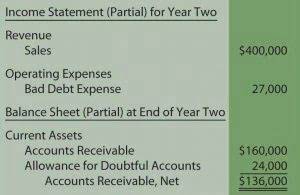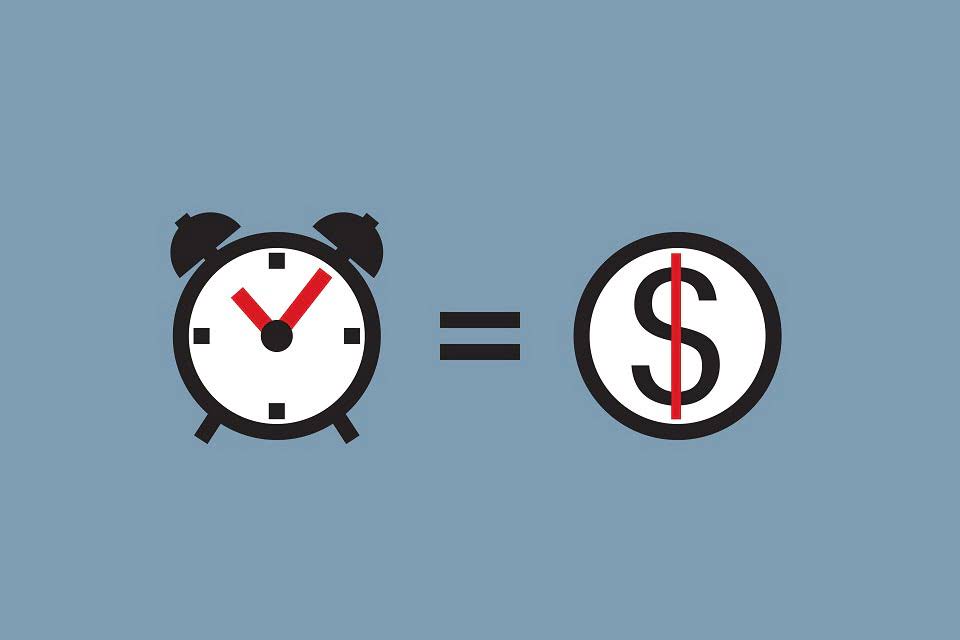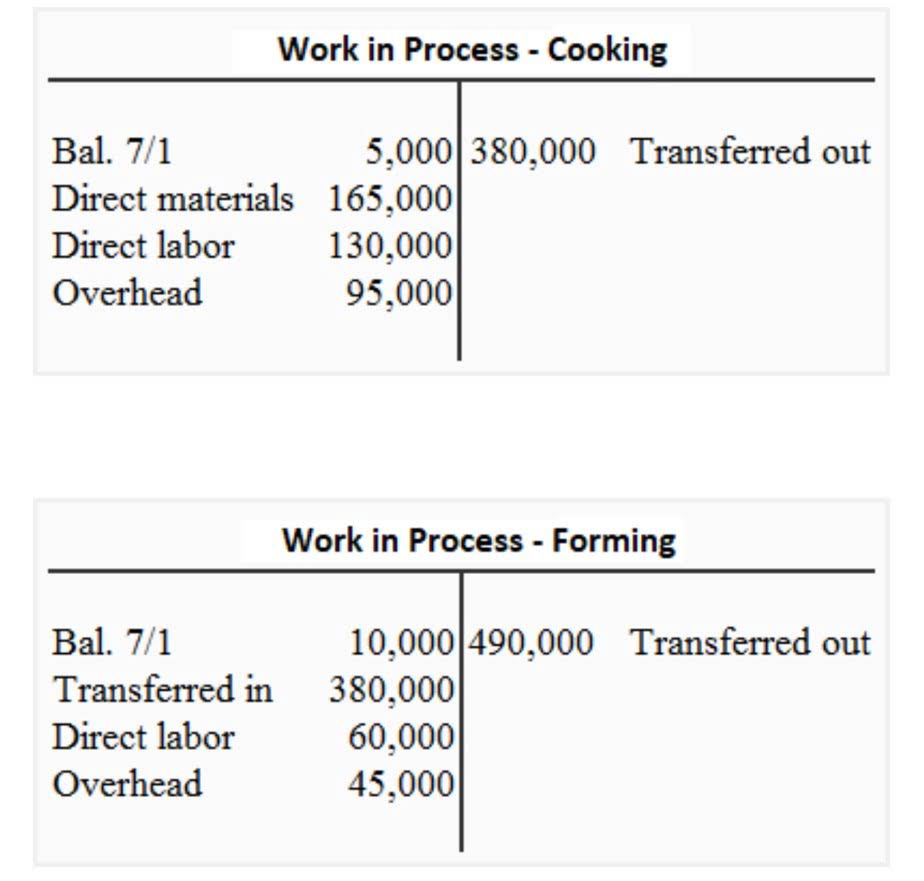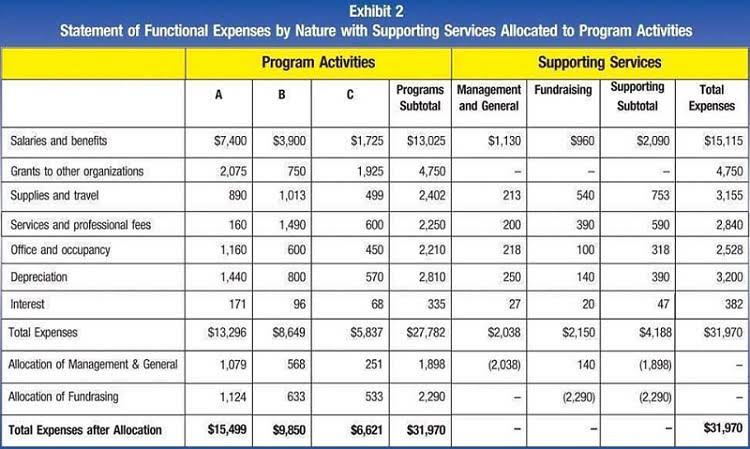
The key distinction is that prime cost includes direct materials, while conversion cost includes manufacturing overhead. In summary, understanding the components of conversion cost empowers businesses to optimize their production processes, manage expenses effectively, and make informed decisions. By considering direct labor, direct materials, overhead, depreciation, quality control, and the conversion cost formula, organizations can enhance their cost control strategies and drive profitability. Remember that these components interact dynamically, and a holistic approach is essential for accurate conversion cost analysis.
Labor Efficiency
Examples of such expenses include the salaries of production supervisor and factory watchman etc. It is important to differentiate between prime costs and conversion costs to identify direct and overhead expenses and make informed decisions for reducing overall production costs. Conversion costs include the direct labor and overhead expenses incurred as raw materials are transformed into finished products. To summarise, the difference between conversion cost and prime cost lies in their components and purpose. Both concepts are core to cost accounting, exam preparation, and business cost control. Manufacturing companies keep track of production and expenses by following specific accounting measures.

Example of How Conversion Costs Work

Typically, conversions are more likely if someone already recognizes your brand. When it comes to digital marketing, the term usually means how much you pay for each customer who takes a specific https://www.bookstime.com/ action—like signing up for a newsletter, buying a product, or booking a call. Discover what a production management system is, its importance, functions,… Understanding the financial health of a company is crucial for investors, lenders, and even… A/B testing and multivariate testing are methods of comparing different versions of a web page or element to see which one performs better in terms of conversions.

What Is Operating Profit? Formula, Examples, and calculations
- Therefore, the conversion cost per unit for the month was $6.80 per unit (calculated as $136,000 of total conversion costs divided by the 20,000 units produced).
- Although the prime cost is computed and given at the start of the cost sheet, there is a fixed standard that requires the computation of conversion cost until and unless the manager demands it.
- Conversion cost, a key element in cost accounting, involves the total expenses linked to the transformation of raw materials into finished goods in manufacturing.
- The primary difference between the two is that the formula for conversion costs takes overhead into account.
This includes rent, utilities, machine repairs, and any other expenses incurred within the factory. Assume that direct materials cost $700, direct labor is $500, and factory overhead is $300 for cabinets that have been manufactured. By analyzing the conversion cost ratio and its components, businesses can gain valuable insights into their cost structure, identify cost-saving opportunities, and optimize their manufacturing processes. From a managerial perspective, understanding the conversion cost ratio allows businesses to evaluate the allocation of resources and identify areas for improvement.
- Conversion costs are vital to be calculated by each companysince they are fundamental for making important business decisions and carryingout basic accounting tasks.
- The total conversion costs represent the sum of these two components, indicating the total expenses incurred by the company in converting raw materials into finished furniture products.
- Direct labor costs include the salaries, wages, and benefits paid to employees who work on the finished products.
- Knowing how to distinguish between prime and conversion costs is vital for cost allocation, controlling wastage, and setting appropriate product prices.
- Just keep in mind that you may not want to exclude keywords for brands you do not carry if you have successfully converted people with other brand loyalties in the past.
- How to assess conversion cost Ideally, you want to use figures from a wider period of time.

Numerous manufacturing overhead costs are encountered in manufacturing facilities and processes. Rent of factory building, electricity, gas and coal used in production, salaries of production managers, depreciation of production machines and equipment are a few examples of these costs. The two components of prime cost formula are direct materials and direct labor. Yes, conversion costs can change based on factors like labor rates, overhead expenses, and efficiency recording transactions improvements.

Example of Prime Costs in Action
Remember, these costs are not just numbers; they represent the tangible building blocks of every product we encounter in our daily lives. In summary, direct labor costs significantly impact a company’s bottom line. By understanding, managing, and optimizing these costs, organizations can enhance efficiency, maintain quality, and stay competitive in the market. Remember that direct labor costs are not just numbers; they represent the hard work and dedication of the people behind every product or service. Conversion costs only include direct labor and manufacturing overheads because of the reason that these two variables are rudimentary to execute the overall process.
How to Calculate Your Conversion Costs (Step-by-Step)
- It depends on the type of industry and expectations from the analysis.
- By analyzing this variance, companies can identify areas of improvement and take corrective actions.
- The furniture maker charges $50 per hour for labor, and the project takes three hours to complete.
- On the other hand, conversion cost in managerial accounting improves overhead management and pricing decisions.
- By understanding the nuances of conversion costs, businesses can enhance their financial performance and achieve sustainable growth.
- These costs cover factory utilities, equipment maintenance, and supervision.
Whether you’re managing a manufacturing plant or analyzing financial statements, understanding conversion costs is essential for achieving operational excellence and maintaining profitability. Tracking conversion costs helps identify inefficiencies in the production process, such as excessive overhead or underutilized labor. Remember that while direct conversion costs are straightforward, indirect costs require thoughtful consideration and strategic allocation. They may not be as visible as direct costs, but their impact on profitability is undeniable. The cost of conversion can vary due to changes in the external environment, conversion cost formula such as market conditions, customer preferences, competitors’ actions, regulations, and technological innovations.
The cost of a product is determined by the amount of labor and overhead needed to convert raw materials into finished goods. Cost accounting formulas not only provide valuable data but also offer profound insights into a company, thereby significantly contributing to enhancing its overall proficiency. By using these formulas, businesses can delve deeper into their financial data, allowing them to identify areas for improvement and streamline their operations.
How do you calculate conversion cost?
In this example, the total conversion cost for producing 100 widgets amounts to $800. How to use conversion cost for management purposes, such as setting prices, budgeting, and performance evaluation. The calculation of the cost of sales, which is reported on the income statement, also depends on the conversion cost. Ensure your ad copy and visuals are compelling, clear, and aligned with your target audience’s preferences. Use relevant keywords in your ad text and landing pages to improve ad relevance and quality scores. Direct ad clicks to relevant, user-friendly landing pages to create a seamless content marketing user experience.
